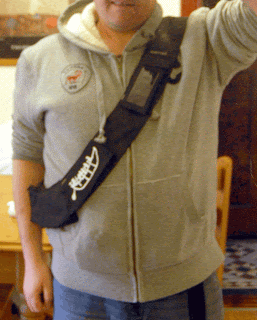Review: In the Lowlands of South Galway: archaeological excavations on the N18 Oranmore to Gort National Road Scheme

Finn Delaney & John Tierney. The National Roads Authority, Dublin, 2011. x+225pp & CDr. ISBN 978-0-9564180-4-3. £22.26 ( via Amazon ) or €25 ( via Wordwell Books ). [** If you like this post, please make a donation to the IR&DD project using the button at the end. If you think the review is useful, please re-share via Facebook, Google+, Twitter etc. **] In The Lowlands of South Galway is the seventh in the National Roads Authority Scheme Monographs series. In my review of the previous volume ( Of Troughs and Tuyères ), I stated that since its inception in 2007, the series has established itself as a benchmark in high quality academic publishing. This volume is a fine addition to the series and, if anything, sets the bar higher for future contributions. In the Introduction , Finn Delaney, Jerry O’Sullivan and Maurizio Toscano describe their study area as ‘a self-contained sort of place with a strongly defined character that derives in part from ...


